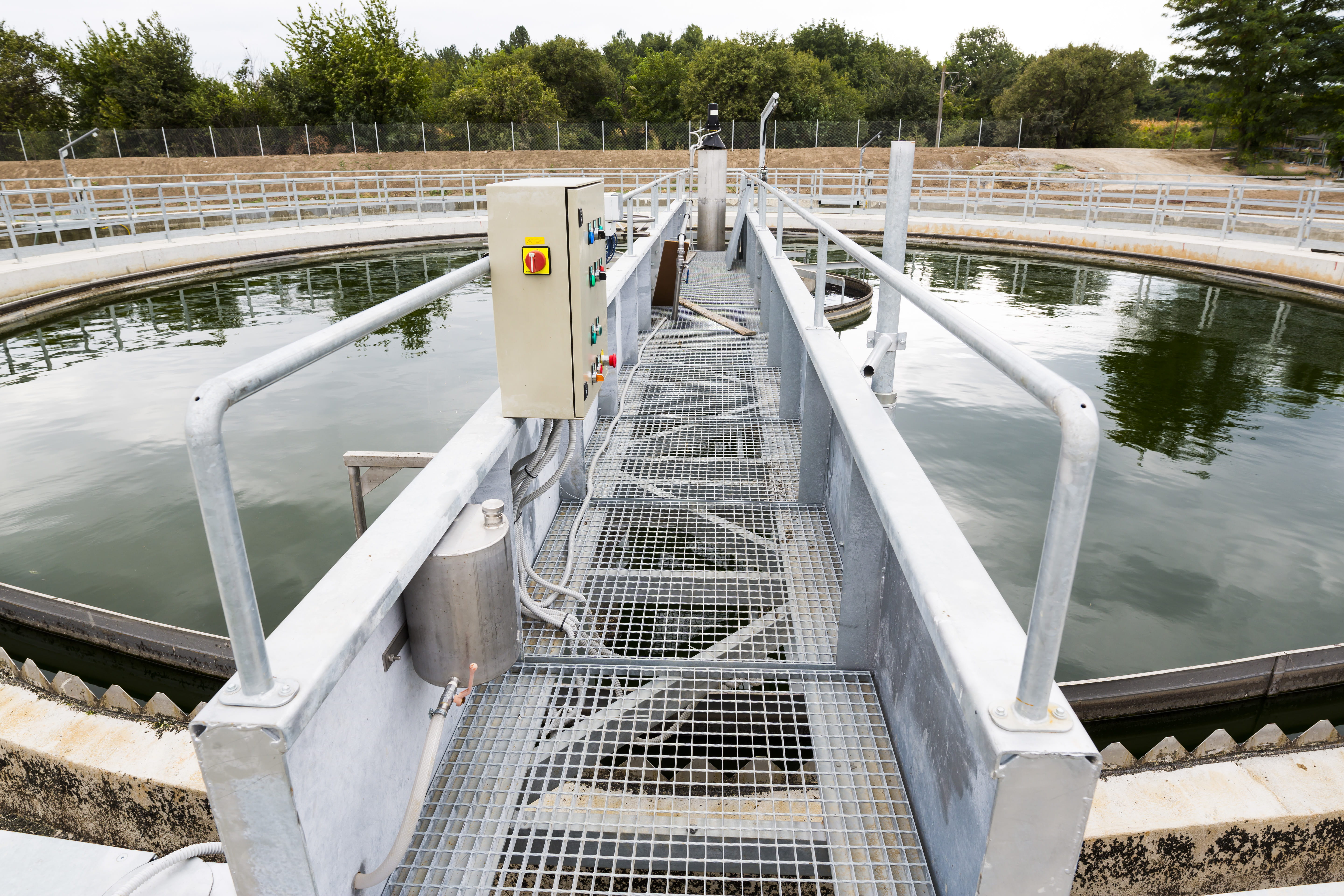A wastewater treatment plant’s actual capacity is a complex function of physical constraints (e.g. tank volumes and equipment capacities), influent characteristics, operational factors (e.g. sludge age and recycle rates) and licence constraints.
The actual operating capacity is inevitably different from the original design capacity because of design and construction margins and variance between design and actual influent quality. Integrating these factors to quantify the actual capacity is a challenging problem and to date, a rational approach has been lacking.
In the past, the capacities of wastewater treatment facilities have been defined in terms of population equivalents (EP’s), hydraulic load or mass load of carbon (BOD/COD). While these designations are useful for planning purposes, they don’t consider the design assumptions, influent variability, operating conditions or licence standards.
Many of the process parameters that define a plant’s capacity are inherently variable and generally unpredictable. Some parameters, such as flowrate and COD concentration may follow relatively predictable patterns on a diurnal basis, but appear random on a daily basis, and may experience considerable short-term fluctuations owing to factors such as rainfall.
To accommodate the uncertainty, designers have typically resorted to various heuristic rules which - if followed - will ensure the plant works under all but the most unusual circumstances. While this approach may provide a high degree of robustness, considerable capital is invested and maintained for an extremely rare event.
While it is relatively easy to determine the capacity impact of a single parameter, it becomes complex when providing a succinct statement where multiple parameters are considered or the parameters are variable. In this instance, the capacity of the plant can’t be isolated from its performance. What’s more, by using the common heuristic rules to account for uncertainty it is inevitable that the actual capacity of a plant will be significantly different to its nominal or design capacity.
The below discusses a deterministic method for establishing the capacity of a plant in relation to its performance and the variability that it experiences.
Failure Frequency Analysis (FFA)
For most plants, two distinct capacities can be identified:
- Hydraulic capacity - the plant’s ability to pass a given flowrate: determined by head loss through various treatment stages and can be relatively well and simply defined
- Process capacity - the load the plant will just begin to fail its licence: this takes into account the inherent variability of the influent and process - is convenient to express this capacity in terms of 50 percentile flowrate at the maximum load
The deterministic method uses the plant’s historical database to define daily average influent conditions, the operating regime and process behavioural characteristics such as sludge settleability. The installed infrastructure is challenged on a daily basis using the entire historical data set with the dynamic model, indicating how the plant will respond.
The approach allows the impact of catchment growth on the plant to be assessed while retaining the inherent variability of the historical data. The output is an expected failure frequency (i.e. the percent of days a particular parameter would be out of specification).
To undertake a Failure Frequency Analysis (FFA) the simulation is started where measured data is available - typically a period of three to four years. For each day, the model predicts the conditions in all major process units. At the end of each day, the clarifier’s capacity is determined from a steady state mass flux analysis, based on the measured sludge settleability for that day, the influent flowrate and the Mixed Liquor Suspended Solids (MLSS) concentration.
The assessment is made based on a steady state determination, and a ‘failure’ is recorded immediately. If a clarifier failure condition is recorded, then the analysis is repeated with sufficient flow being bypassed around the bioreactor/clarifier – this ensures the safe clarifier operating conditions are just met, representing the maximum ‘safe’ flow the of the plant, under the current operating conditions.
Effluent quality is also estimated, including the impact of bypass events (if any). Plant failure is assessed based on compliance with the plant licence’s quality requirements, suspended solids, nitrogen and phosphorus including rolling percentiles and daily maxima. The plant’s daily aeration capacity can also be determined, with short-term (e.g. hourly or two hourly) values estimated using diurnal peaking factors.
The use of a steady state clarifier assessment is believed to be justified since the conditions simulated represent a daily time step. This means that the clarifier may experience short-term periods of failure - typically thickening failure - that are not registered on a daily time step. This is typical of many plants which experience short-term thickening failure during the daily peak without detrimental effect.


